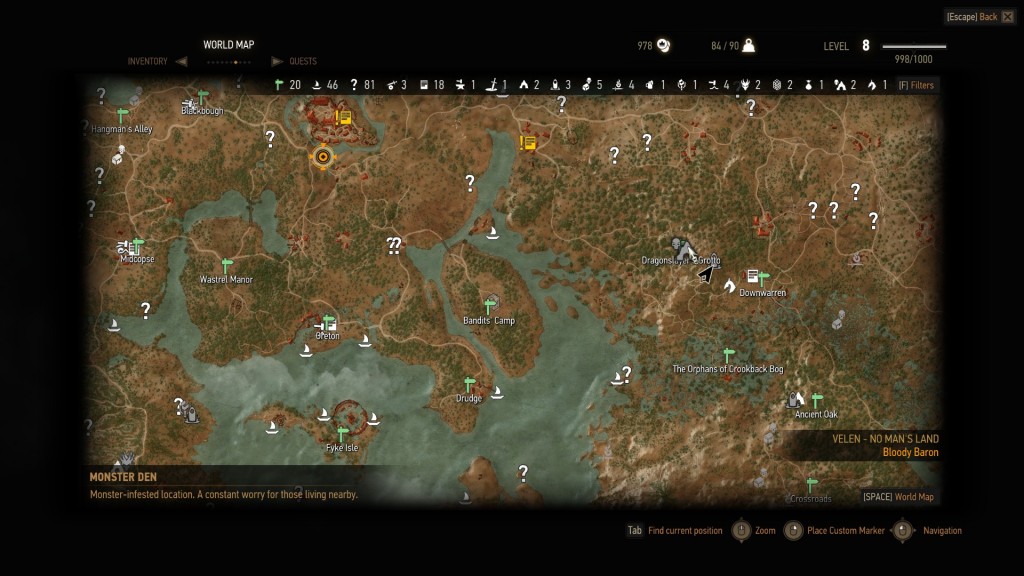

Back in September, we at Game Rant expressed our interest in seeing more Japanese Vita games come to North America. While it may be a while until our dream becomes reality, a few titles have been able to slip through the proverbial cracks – New Little King’s Story for one. And if there’s one thing to take away from this review, it’s that the game’s localization was worth it.
A reimagining of the original Wii title, New Little King’s Story has players take on the role of King Corbo (who can be renamed to suit the player’s liking). The game opens in Corbo’s castle, which is under attack by a mysterious force. After completing the tutorial stage and escaping the castle, the kingdom falls – leaving Corbo to rebuild his dynasty from scratch.
From the start, one thing is clear: New Little King’s Story excels in its presentation. The game’s art style is designed in a way that will appeal to gamers of all ages, and the lighthearted story remains enjoyable throughout all while pushing the game forward. Though voice acting is minimal, the silence of characters helps to add to the game’s charm rather than diminish its quality.
Gameplay can essentially be broken down into two roles: building the kingdom and combat. As King Corbo, the player must recruit citizens to join the royal guard and accompany the player on missions. This may sound monotonous, but thankfully the game feels right at home on the PS Vita. Gamers can use the touchscreen to select crowds of people at once, rather than recruiting each person individually. In addition, because a lot of the game may be spent grinding, it makes sense to play New Little King’s Story in one hour bursts rather than full-on game sessions.
As new members join the royal guard, it is up to the player to assign them jobs. At first the only available roles are farmers and grunt soldiers but as the game progresses new jobs open up, such as animal hunters, builders and lumberjacks. Once assigned a job, the character will keep it indefinitely, assuming the player does not chose to change the citizen’s role mid-game. There is no penalty for changing jobs, though certain careers do cost a significant amount of money. Because money is required to build the kingdom, it’s in the player’s best interest to keep job switching to a minimum.
Much of the game will be spent outside the kingdom, using the royal guard to defeat enemies and secure resources. The player can also complete quests and sub-quests, which typically involve defeating sub-bosses or a pack of monsters. For the most part, King Corbo acts as a commander rather than a fighter; it is the players job to issue attack orders. By pressing the square button, Crobo will order the royal guard to charge, with each citizen using their respective abilities to attack accordingly. For example, a soldier will charge headfirst toward the enemies and attack up close, whereas an animal hunter will attack from a distance with bows and arrows.
The charge command can also be used to complete tasks. When ordered at a hole in the ground, farmers will begin to dig, whereas charging at certain signs will cause carpenters to build bridges stairs, etc. The charge command, while simple, is undoubtedly effective. However, it’s not perfect. Issuing commands too close to an object can confuse royal guard members – and they’ll refuse the command. This problem should be alleviated by pressing the right shoulder button (which creates a dotted line to show where Corbo is pointing), though unfortunately the loose camera controls negate any intended precision.
In terms of graphics quality, the game is technically sound. The visuals looks sharp, though the framerate can be problematic. When exploring with large groups of people, the game has a tendency to slow down sporadically – and, because large groups are essential for fighting bosses, the framerate can become a real problem.
If there’s one thing that really hampers New Little King’s Story, it’s navigation. Early on in the game, the player is told the whereabouts of two bosses and is given the choice of which one to attack next. However, no waypoint is placed on the game’s mini map, and the map’s small text makes it difficult to figure out where exactly the player is relative to their destination. This isn’t so much of a problem for regular quests and sub-quests, but when it comes to completing story missions players may find themselves doing some unnecessary wandering.
Flaws aside, it’d be difficult not to recommend New Little King’s Story. The game’s charm helps it overcome a few, albeit frustrating, problems. The gameplay, which may be a grind for certain players, is right at home on a portable console – creating what is essentially one of the most addictive experiences on the Vita.
New Little King’s Story is available now for Vita, through PSN.
–
Follow me on Twitter @AnthonyMole.



